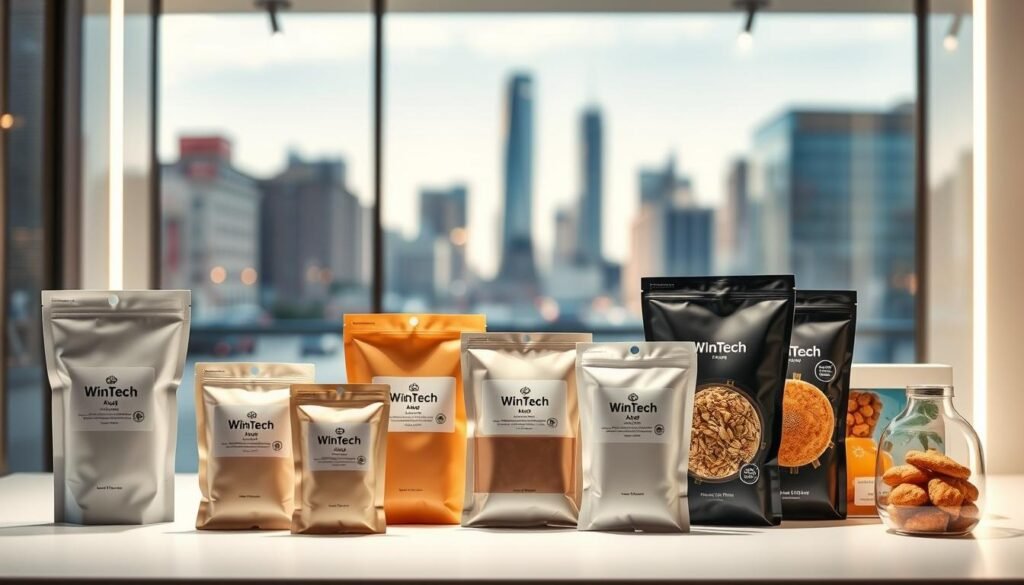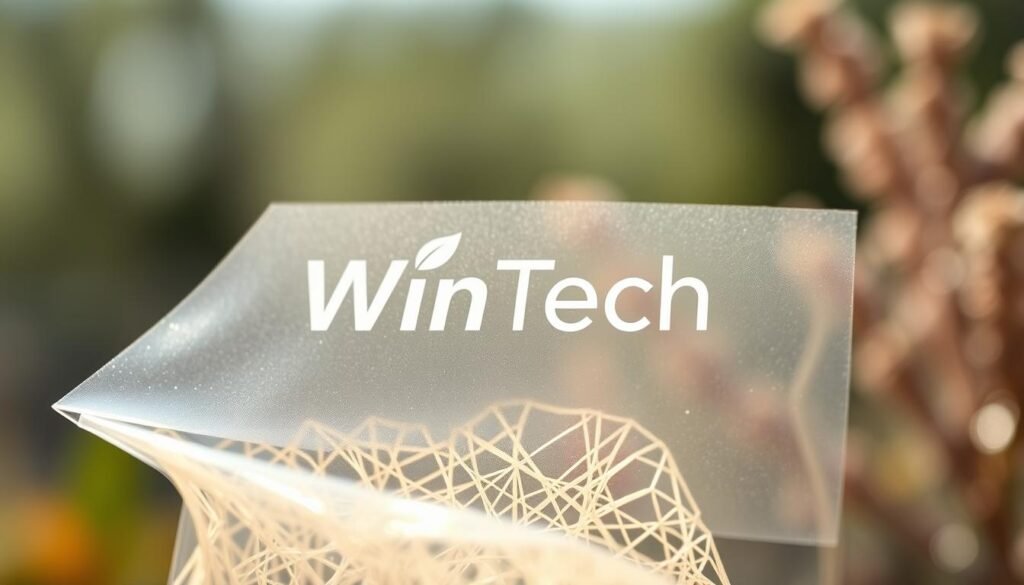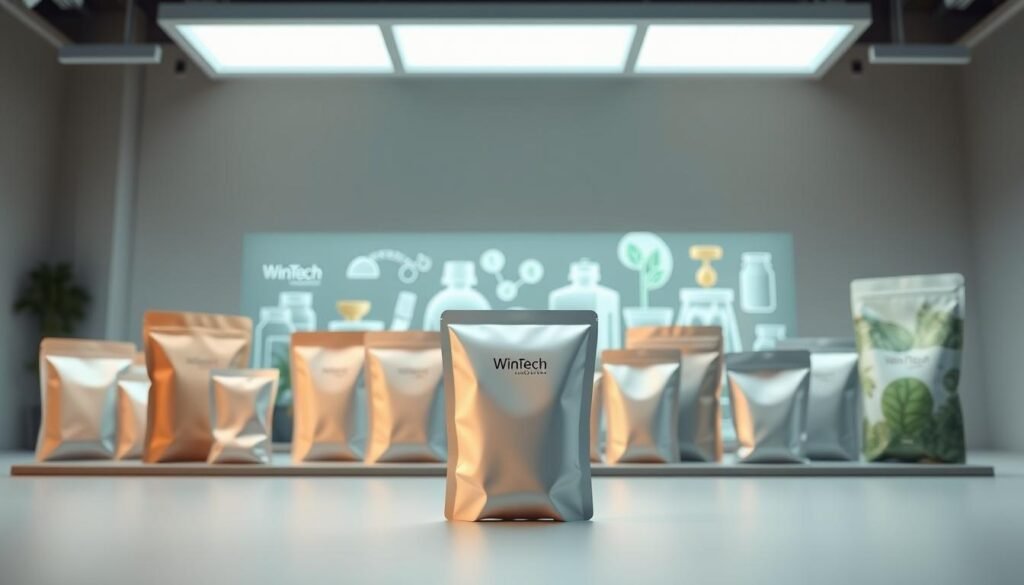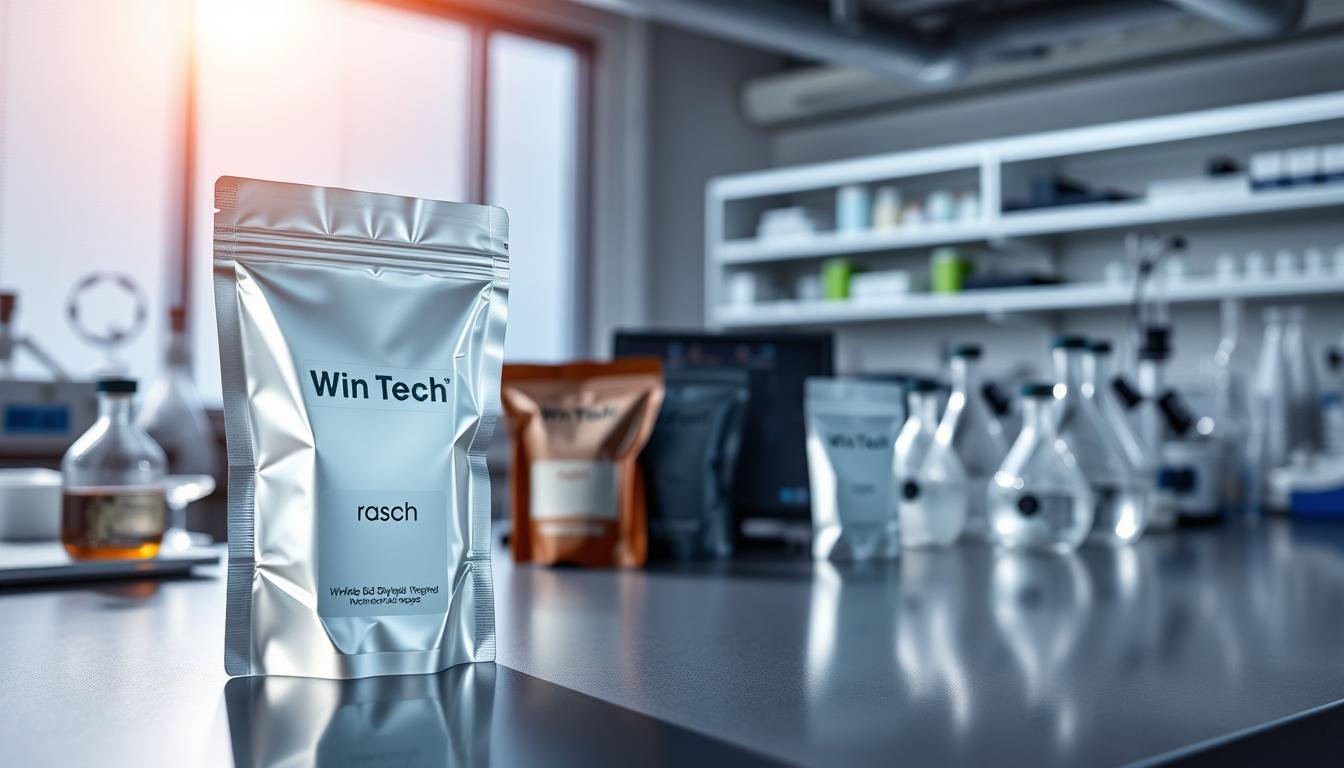Have you ever wondered how tiny packets are transforming the packaging industry? What are sachets driving revolutionary changes in sustainable product delivery? Sachets represent a dynamic packaging solution that’s reshaping consumer experiences across multiple industries.
What are sachets emerging as critical innovations in packaging technology? These small, flexible containers are redefining how products get distributed. From single-serve food portions to pharmaceutical samples, what are sachets becoming increasingly crucial in delivering precise quantities with minimal waste.
Bio-based polymers are pushing the boundaries of what are sachets can achieve. Researchers are developing advanced materials that enhance sachet performance while reducing environmental impact. Your understanding of these packaging solutions could change how you view product consumption.
Key Takeaways of What Are Sachets
- Sachets represent innovative packaging solutions across industries
- Bio-based polymers are transforming sachet development
- Single-serve packaging reduces product waste
- Sustainability drives sachet material innovations
- Advanced polymer technologies enhance product delivery
Understanding what are sachets and Their Applications
Sachets have revolutionized packaging across multiple industries, offering a compact and versatile solution for product distribution. These small, sealed packages provide consumers with convenient, single-use options that transform how we interact with various products.

Wintech Package has been at the forefront of sachet innovation, developing cutting-edge packaging solutions that address both consumer needs and environmental concerns.
Defining Sachets: More Than Just Small Packets
Unlike traditional packets, sachets are typically smaller, more specialized containers designed for precise product delivery. When comparing sachets vs packets, key differences emerge:
- Size: Sachets are generally more compact
- Purpose: Designed for single-use applications
- Precision: Offer exact portion control
Diverse Applications of Sachets
Sachets have found remarkable applications across various sectors:
- Food Sachets: Condiments, spices, and instant beverages
- Cosmetic Sachets: Sample sizes of skincare and makeup products
- Sachets in Skincare: Travel-friendly single-use treatments
Key Benefits of Sachet Packaging
The advantages of sachets extend beyond simple convenience:
- Reduced product waste
- Enhanced product preservation
- Cost-effective packaging solution
- Improved consumer portability
Wintech Package continues to push boundaries in sachet technology, focusing on sustainable and innovative packaging solutions.
what are sachets Made From? Bio-Based Material Innovations
The world of small packaging pouches is undergoing a revolutionary transformation. As environmental concerns grow, manufacturers are reimagining what are sachets through innovative material solutions that prioritize sustainability and performance.

Biodegradable sachets represent a cutting-edge approach to packaging design. Traditional materials are being replaced by advanced bio-based polymers that offer exceptional functionality while reducing environmental impact.
Emerging Materials in Sachet Production
Modern sachet production now leverages several breakthrough bio-based materials:
- Polylactic Acid (PLA): Derived from renewable resources like corn starch
- Polyhydroxyalkanoates (PHA): Produced through bacterial fermentation
- Bio-Polyethylene (bioPE): Created from sugarcane derivatives
- Bio-Polyethylene Terephthalate (bioPET): Manufactured using plant-based sources
Performance Characteristics of Bio-Based Polymers
| Polymer Type | Biodegradability | Renewable Source | Carbon Footprint Reduction |
|---|---|---|---|
| PLA | High | Corn Starch | 60-70% |
| PHA | Complete | Bacterial Fermentation | 75-80% |
| bioPE | Moderate | Sugarcane | 50-60% |
Wintech Package has been at the forefront of these innovations, developing small packaging pouches that meet both environmental standards and consumer expectations. Their commitment to bio-based materials demonstrates the industry’s potential for sustainable transformation.
By embracing these advanced materials, manufacturers are creating biodegradable sachets that minimize environmental impact while maintaining the high performance standards required by modern consumers.
The Future of what are sachets in Sustainable Packaging
The packaging industry is undergoing a radical transformation, with single-use packets emerging as a critical focal point for sustainable innovation. Biodegradable sachets are reshaping how companies approach environmental responsibility, particularly in the United States.

Consumers are increasingly demanding eco-friendly packaging solutions that minimize environmental impact. This shift is driving manufacturers to reimagine what are sachets through groundbreaking design approaches.
Innovative Design Strategies
Packaging designers are developing cutting-edge solutions for single-use packets that address environmental concerns:
- Developing fully compostable sachet materials
- Creating biodegradable sachets from plant-based polymers
- Reducing plastic content in packaging
- Implementing circular economy principles
Environmental Impact Considerations
“The future of packaging lies in sustainable, responsible design that meets consumer expectations and environmental standards.” – Sustainable Packaging Institute
Regulatory pressures and consumer awareness are accelerating the transition toward biodegradable sachets. Companies recognize that environmental responsibility is no longer optional but a critical business strategy.
Your packaging choices can significantly impact global sustainability efforts. By supporting innovations in single-use packets, you contribute to reducing environmental waste and promoting more responsible consumption patterns.
Market Trends Surrounding what are sachets
The sachet market is experiencing dynamic growth across multiple industries, with significant momentum in skincare and food packaging solutions. Consumers are increasingly drawn to the convenience and compact nature of sachets, which offer portability and precise product dosing. Your understanding of these market trends can help navigate the evolving landscape of packaging innovations.
Wintech Package has emerged as a key player in the sachet industry, driving innovation and addressing critical challenges related to cost, performance, and market development. Their strategic approach to sustainable packaging solutions has positioned them at the forefront of what are sachets technology, particularly in bio-based materials that meet growing environmental demands.
Consumer Preferences and Demand
Recent market research reveals a strong consumer preference for sachets in skincare and food sectors. Travelers, fitness enthusiasts, and busy professionals appreciate the single-use packaging that provides convenience without waste. Food sachets have gained popularity in meal preparation and on-the-go nutrition, while skincare sachets offer consumers the ability to sample products before committing to full-sized purchases.
Key Players in the Sachet Industry
The sachet market is competitive, with companies like Wintech Package leading technological advancements. They are addressing industry challenges by developing cost-effective, high-performance packaging solutions that align with sustainability goals. As the demand for eco-friendly packaging grows, these innovative companies are reimagining how what are sachets can meet both consumer needs and environmental responsibilities.

